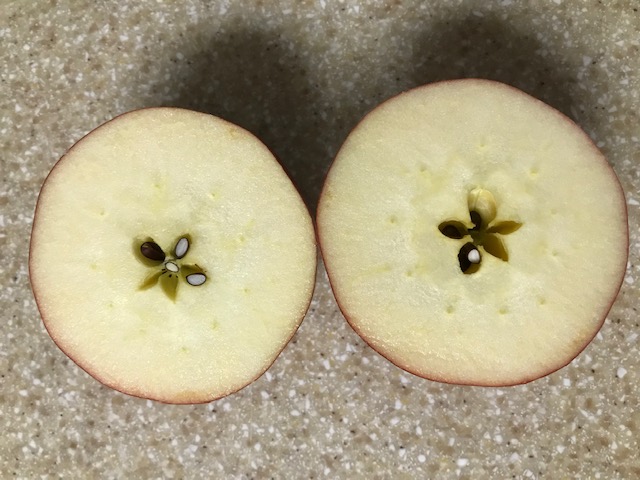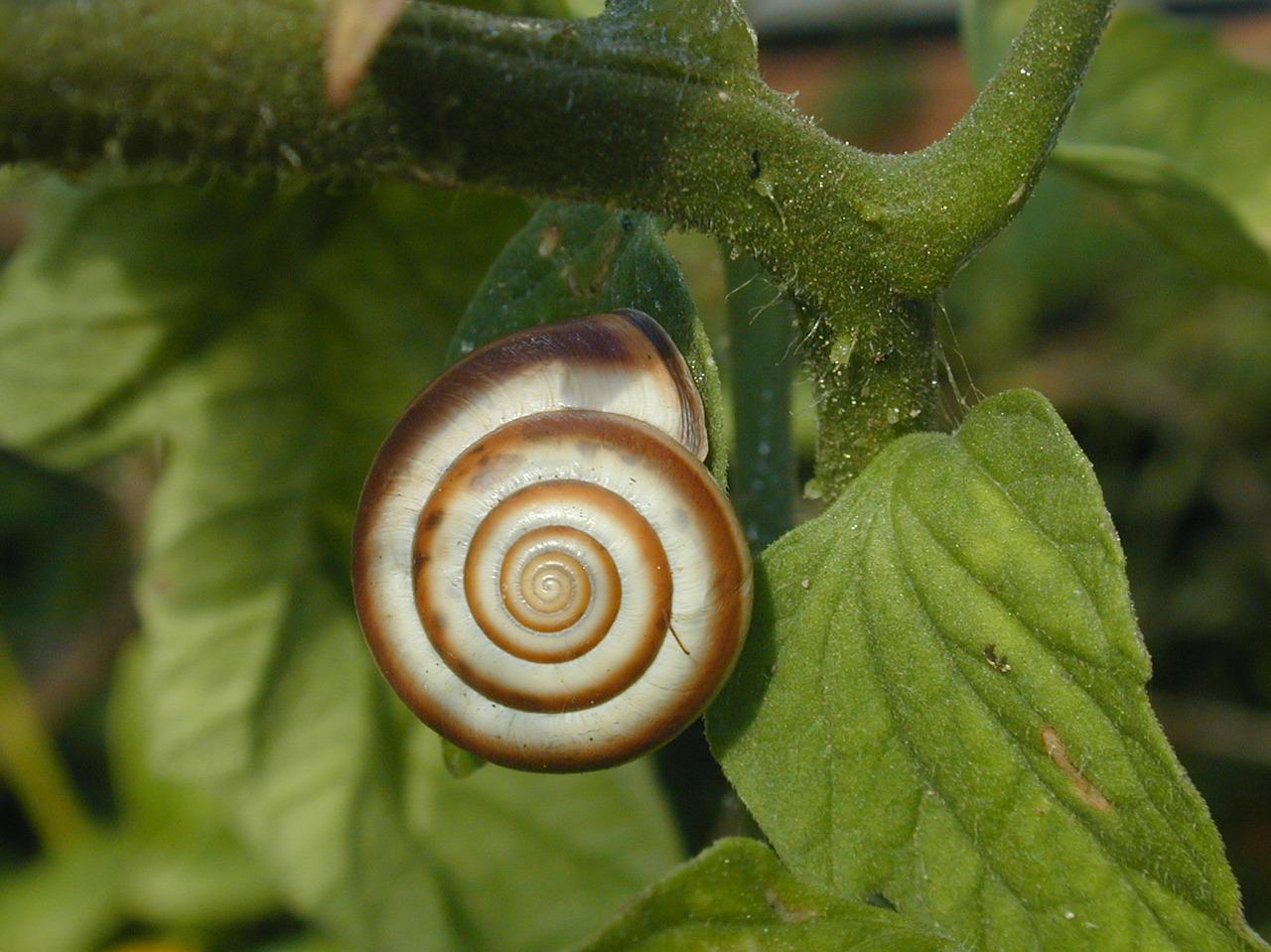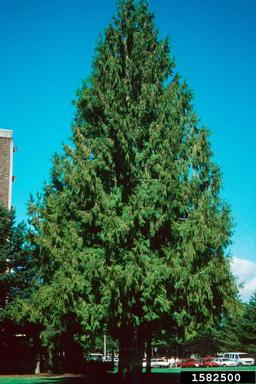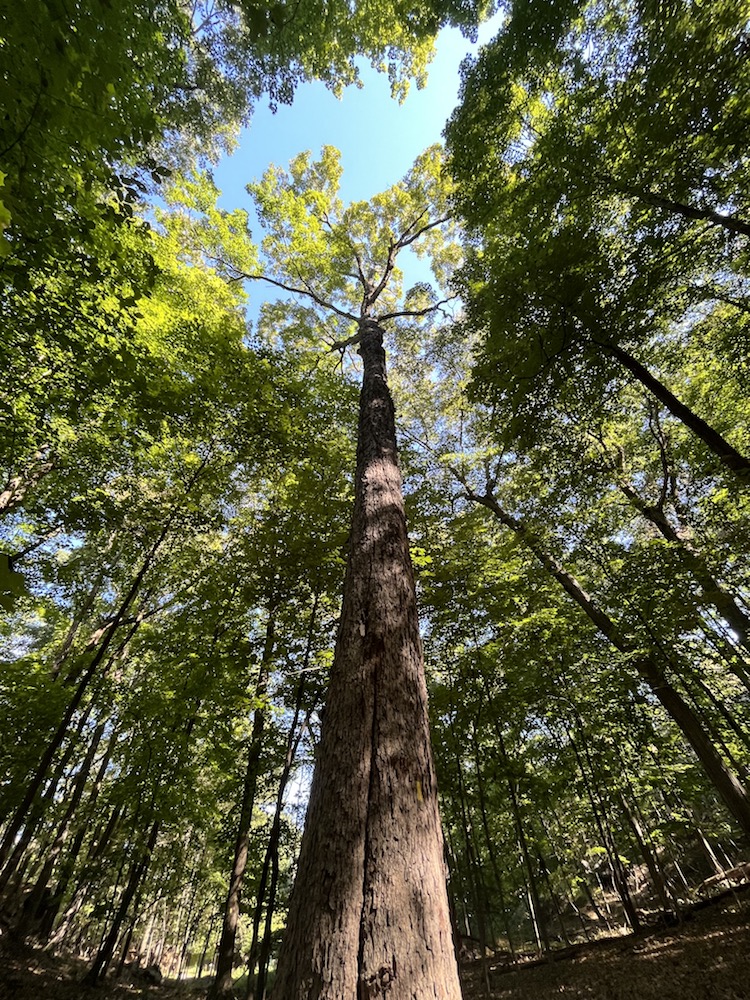There are things in the natural world that defy randomness.
The Fibonacci sequence is one of them:
1, 1, 2, 3, 5, 8, 13, 21 . . . Can you see the pattern and figure out the next number?
Every number in the sequence is generated by adding the two previous numbers. These are known as Fibonacci numbers.
The natural world is full of living things that fit the Fibonacci sequence.
Fibonacci (short for son of Bonacci [Filius Bonacci]) wasn’t the first to know about this, but he wrote what he discovered in a book in 1202 AD. Indian poets and musicians were the first known people to discover Fibonacci numbers. They discovered them in the rhythm of music and poetry centuries before Fibonacci.
Let’s look at some items that have Fibonacci numbers:
Cut open a banana and find the 3 pointed star.

Cut open an apple and find a 5 pointed star.
A persimmon has an 8 pointed star.
Count the cells on a pineapple and you will find several Fibonacci numbers.
Many flowers have a Fibonacci number of petals. For example, lilies have 3, buttercups have 5, daisies have 34.
The Golden Spiral
Fibonacci realized these numbers are at the heart of how things grow in the world. Look at the ever increasing rectangles formed using squares made up of Fibonacci numbers and see how it creates a spiral:

This is known as the Golden Spiral. We see it in snail shells, unfolding fern fronds, sunflowers, nautilus shells, some goat horns, the shape of some spider webs, the ear, galaxies, hurricanes and the DNA spiral double helix.


The Golden Triangle and Rectangle based on the Golden Ratio
Dividing a Fibonacci number by the next (smaller) Fibonacci number creates a ratio denoted by the Greek letter phi (the Golden Ratio).
8/5 = 1.6 13/8 = 1.625 21/13 = 1.615384615384615
This is called the Golden Triangle. An attractive conifer has this ratio of height to base.

Is there more to the natural world than randomness?
Check out this link to see how the Golden Ratio is seen both in humans and animals, as well as DNA and hurricanes. https://www.mathnasium.com/examples-of-the-golden-ratio-in-nature
And here are some more links to see how humans have used the Golden Ratio in art and architecture.
https://feng-shui.lovetoknow.com/Examples_of_Golden_Rati
https://www.goldennumber.net/art-composition-design/





